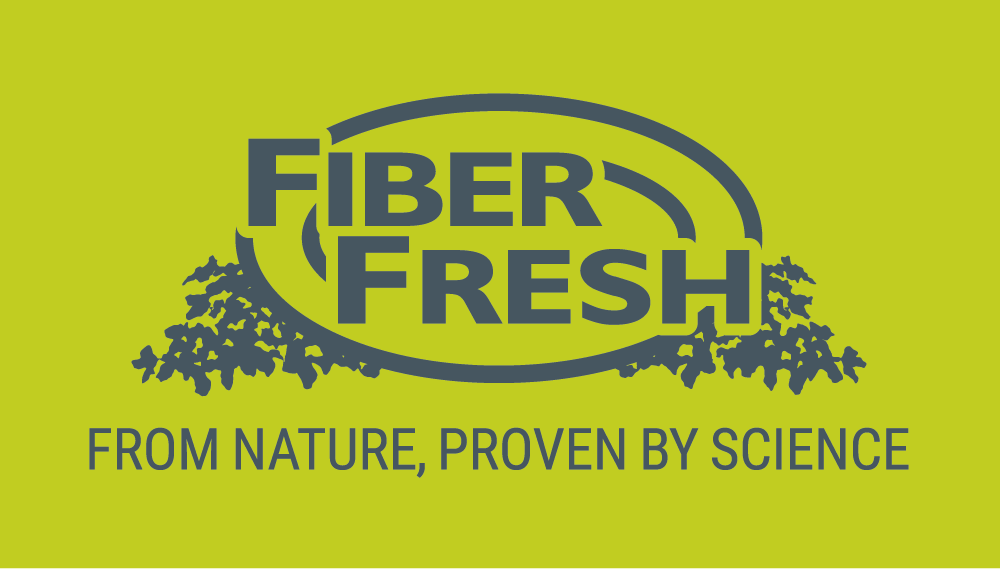
Over the course of a growing season our gold-standard managed Lucerne stands are cut 5 or 6 times depending on seasonal climatic influences. This results in some variability in crop appearance. Typically the first cut is very lush, with little stem. In a bag this will appear darker and softer with the appearance of looking wetter. Our gold-standard harvesting practices (we are the only company in New Zealand to deploy the use of a Merger), ensure that the best nutrition is captured (and not left in the field). This flows onto what is observed in the product, and the more leaf captured, the darker the appearance of the product.
The next three cuts (normally December, Late January and March), show more stem with the leaf and fill the bag out more than the soft green product. As we move through to our final cut of the season, the product once again has a higher leaf content (darker), but not as soft as the spring produced product.
The below images depict some of the changes that will be observed over the course of a year.
The images on the left show the live crop and the lush green appearance of the crop in spring, underneath that is the crop in the summer months where it has ‘hardened’ off – a little like grass as it changes from highly vegetative to a reproductive phase. Lucerne grows a little differently as thermal hours increase over the warmer months
On the right is the crop as it arrives in from the harvesting team (before it is bagged). You can see the larger amount of dark leaf material in the top right photo. The bottom right shows the increase in stem content – the nutritional composition still falls within a typical analysis range regardless of the timing of the cut.


